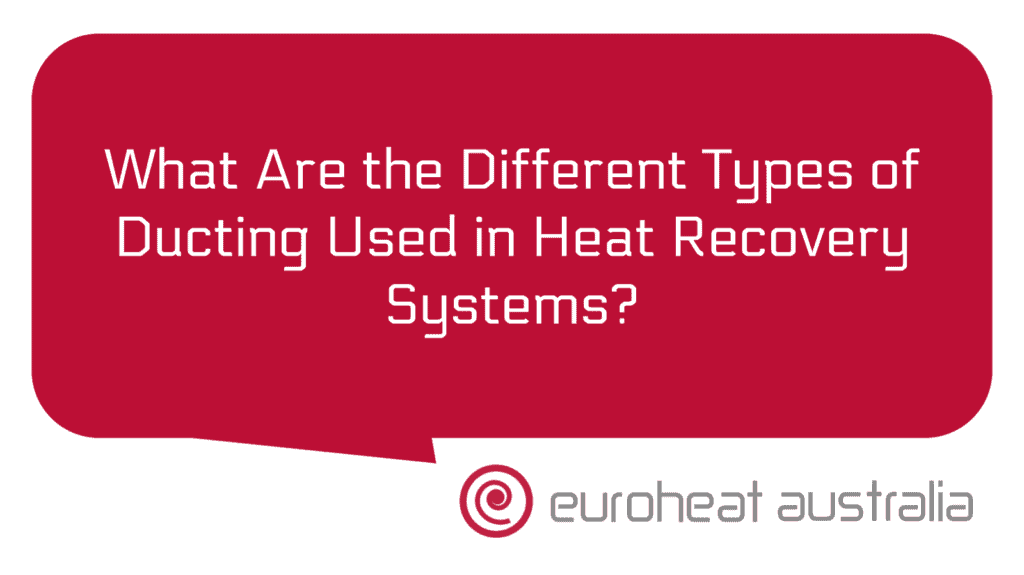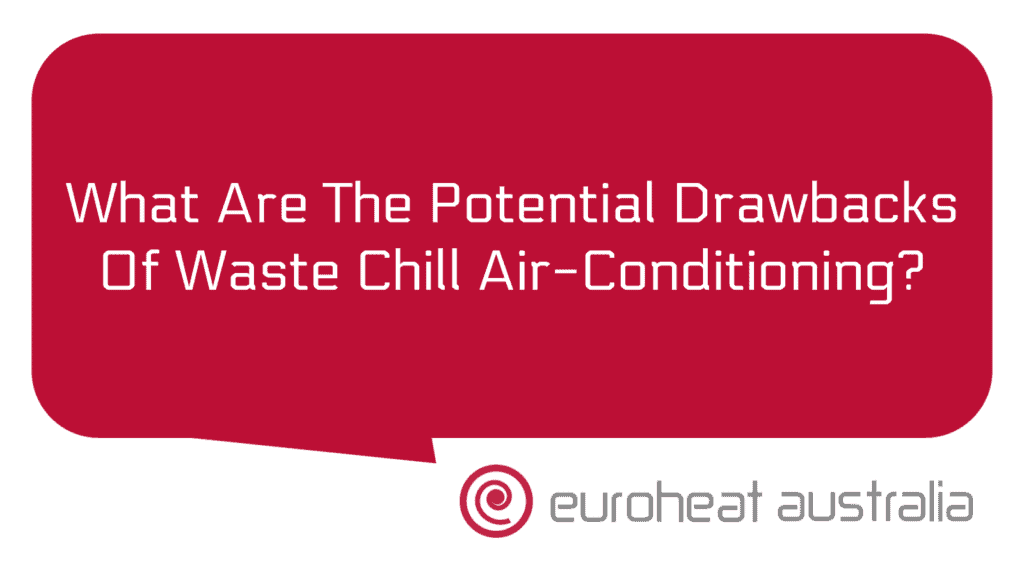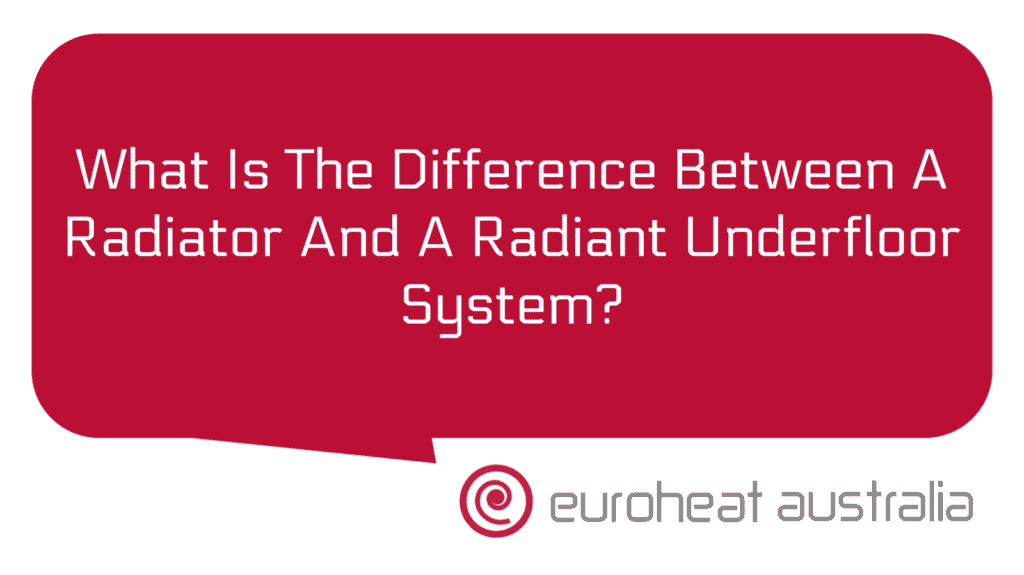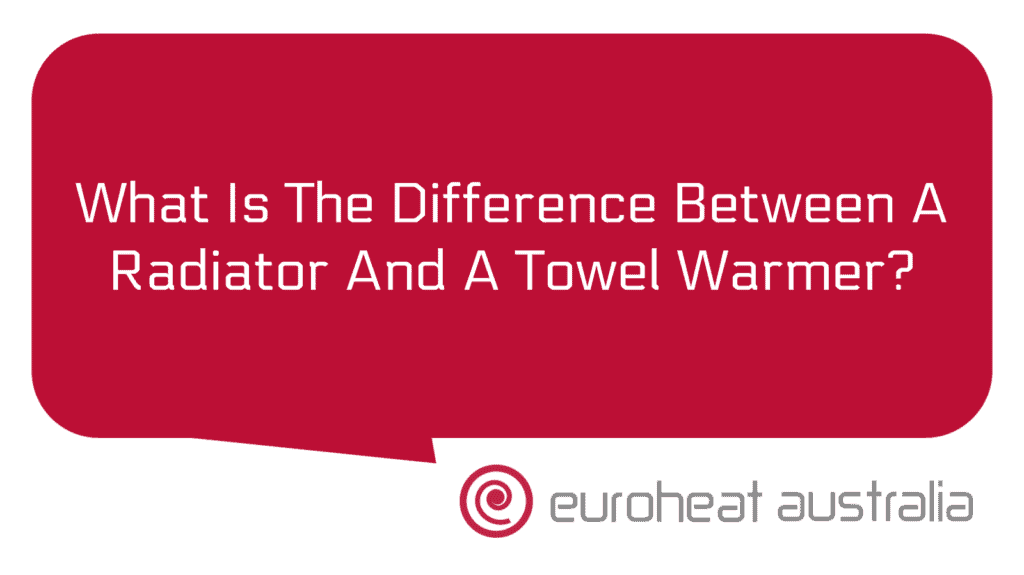When it comes to finding an efficient way to heat and cool your home, one of the best options on the market is a heat recovery system. Heat recovery systems use ducting to capture and redistribute heat throughout the home, reducing energy costs and improving comfort. But what are the different types of ducting used in heat recovery systems?
There are several different types of ducting used in heat recovery systems, each designed for specific applications and with specific benefits. The most common types of ducting used in heat recovery systems are rigid metal ducts, flexible metal ducts, insulated flexible metal ducts, and non-metallic flexible ducts.
Rigid metal ducts are made from galvanized steel or aluminium and are commonly used for long runs in commercial applications due to their durability and resistance to crushing. They also provide excellent air flow performance due to their smooth interior surface. In residential applications they can be used for short runs but they can be difficult to install due to their weight.
Flexible metal ducts are made from lightweight materials such as aluminium or galvanized steel and offer good air flow performance with less resistance than rigid metal ducts. They’re a great option for tight spaces where rigid metal may not fit or where you need flexibility around bends or corners.
Insulated flexible metal ducts offer all the benefits of flexible metal plus added insulation which helps reduce noise levels and improves thermal performance. They’re ideal for areas where you need both flexibility and insulation such as attics or basements.
Non-metallic flexible ducts use plastic material instead of metal which makes them lighter weight, easier to install, and less expensive than other options. They’re a great budget-friendly choice but they don’t provide as much air flow performance as metal options so they’re best suited for shorter runs in residential applications that don’t require high efficiency rates.
The type of ducting used in your heat recovery system will depend on your application, budget, air requirements, space constraints, etc., so it’s important to choose the right type for your project. You should also consider the design and installation services offered by Euroheat Australia – Perth engineers & installers that design & construct hydronic heating & cooling systems with 30 years of experience – when considering adding a heat recovery system to your home.
Not only do Euroheat Australia provide quality design services that ensure your system is built correctly but they also make sure it is installed properly so you get maximum efficiency out of your system with minimal energy costs – allowing you to save up to 60% on heating bills! For example, installing a new hydronic heating system with Euroheat Australia could save you up to $800 per year on energy bills while providing comfortable temperatures all year round!





